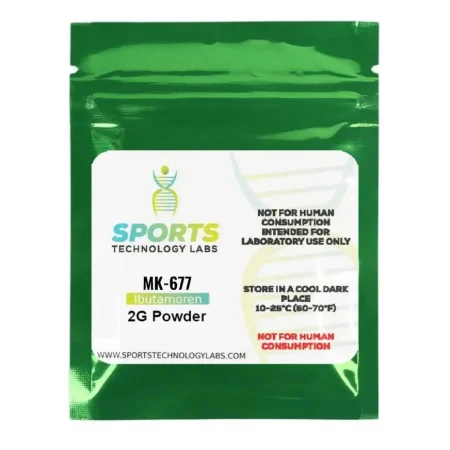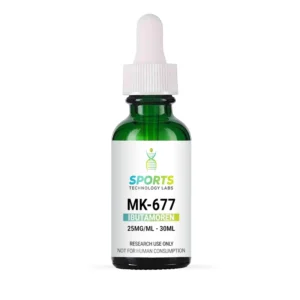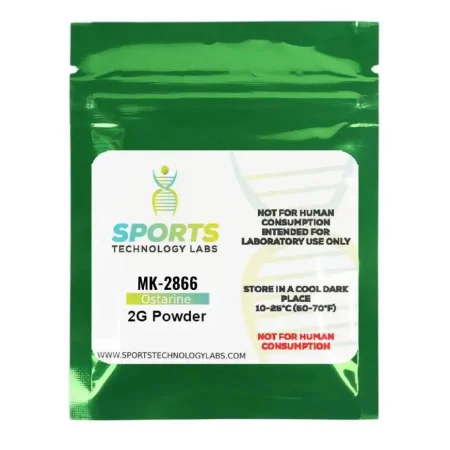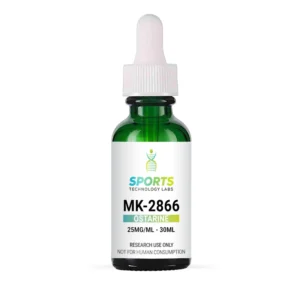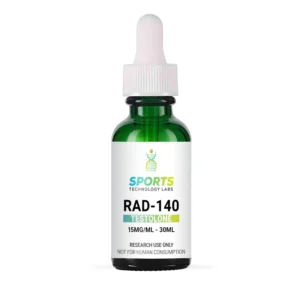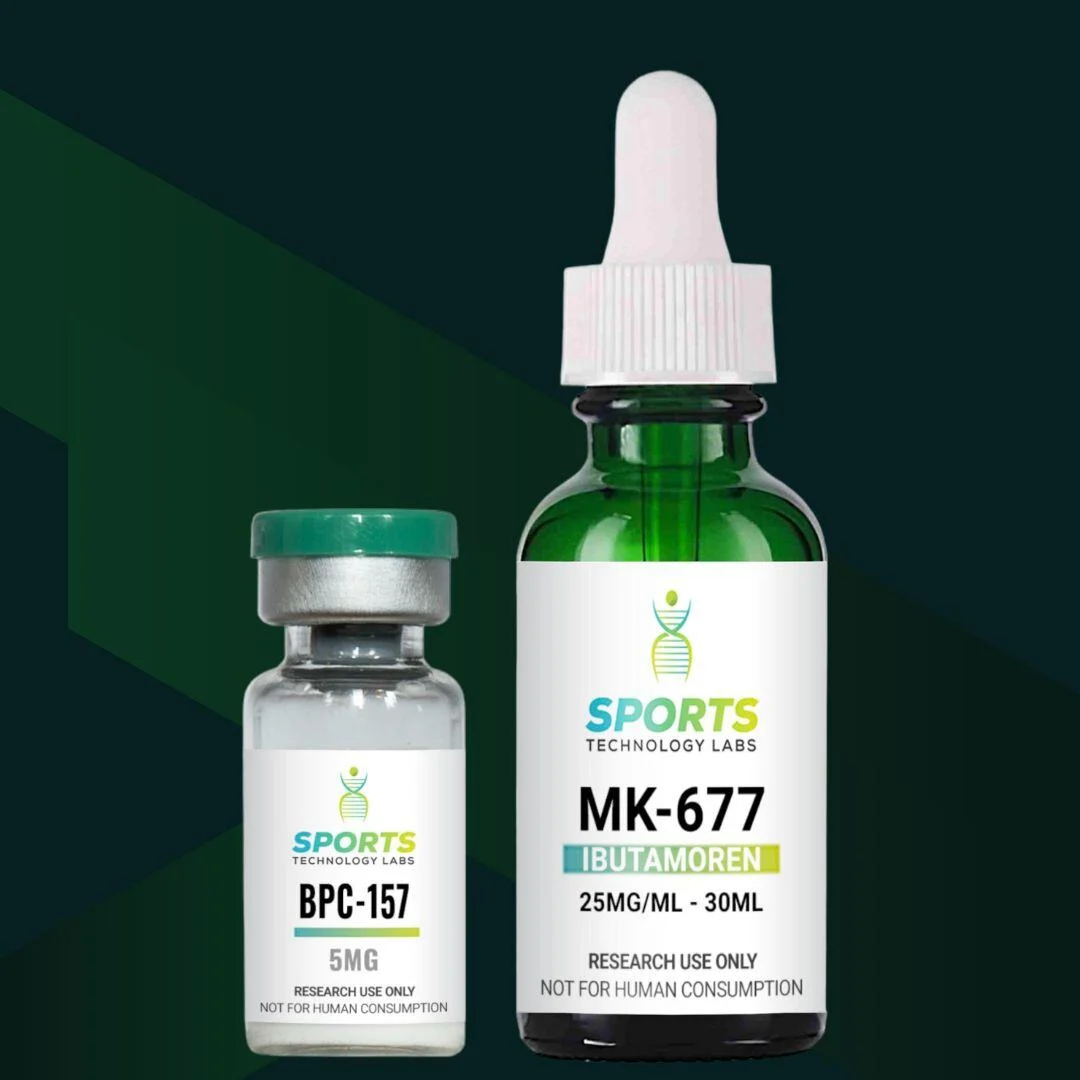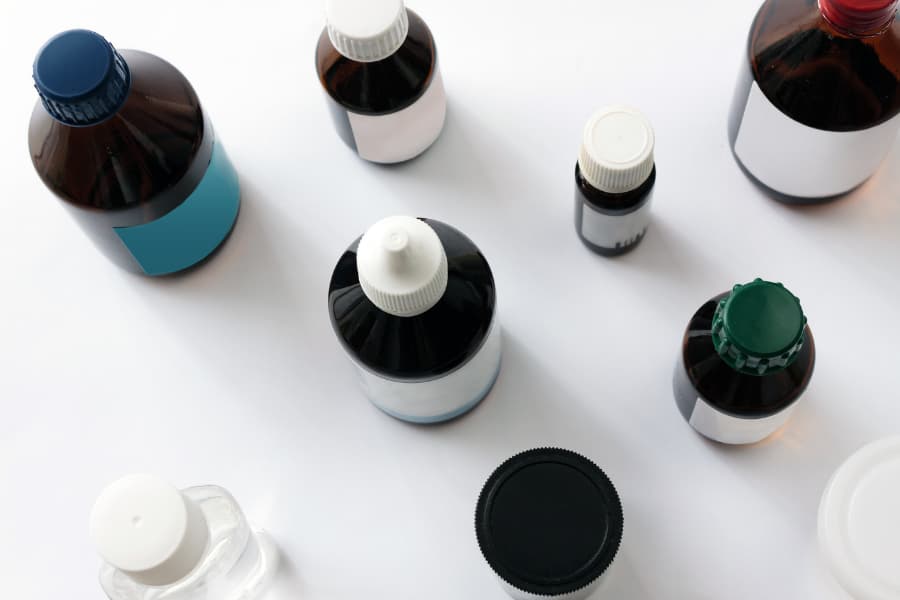
A Quick-Start Guide to The 6 Different Types of SARMs
There are various types of SARMs on the market that vary depending on their physical and chemical properties. These variations determine both their potential benefits in research and their side effects.
Preliminary research has shown the potential of SARMs in sports medicine and other therapeutic areas that are under investigation. Some SARMs have attracted the interest of researchers more than others due to their potential benefits, which are now emerging from animal studies.
Selective androgen receptor modulators (SARMs) are unlike anabolic steroids as they are nonsteroidal compounds that act as modulators of androgen receptors (ARS).
When these substances attach to androgen receptors, they initiate anabolic effects. Researchers have shown significant interest in these compounds, examining their potential for enhancing performance and as therapeutic agents for combating muscle loss conditions like sarcopenia.
Their effect on muscle tissue and muscle mass is being studied. SARMs have not been approved by the FDA for personal use. Instead, they are currently categorized as investigational compounds and are not dietary supplements.
This guide will help you understand the different types of SARMs in the U.S. and their respective functions.
Three Things to Know about SARMS
SARMs are a largely misconstrued class of compounds. What they are, and what they do, are not fully understood. These three points will hopefully bring some clarity to SARMs.
SARMs versus Steroids
SARMs are similar to the natural ligands for androgen receptors (male hormones: testosterone and dihydrotestosterone) but are tissue-selective. SARMs are not anabolic steroids.
According to research, they are not known to cause the virilizing side effects that are typically associated with steroids, such as hair loss, acne, and prostate enlargement. Most SARMs are also orally bioavailable. This is unlike steroids, which have minimal oral bioavailability and hence must be injected.
Those utilizing SARMs for investigational purposes may therefore find them easier to administer to test subjects.
SARMS Research Is Ongoing
SARMs and Disease
Several benefits of SARMs are now emerging. A 2019 review that was published in Sexual Medicine Reviews showed that SARMs may help manage a variety of conditions, including breast cancer, cancer-related cachexia, hypogonadism, and benign prostatic hyperplasia (BPH), also known as prostate gland enlargement.
SARMs and Healing
Researchers are also exploring the potential usefulness of SARMs in sports medicine. According to research, SARMs may enhance sports performance and facilitate tissue recovery after injury. More studies must be conducted to validate these claims.
SARMs Are Legal to Buy in the U.S.
SARMs are approved in the U.S. as investigational compounds. They are not approved as supplements or medicines, but can be purchased legally for research purposes only.
Types of SARMs
There is a wide variety of SARMs currently on the market. They are similar because of their anabolic properties, but have different mechanisms of action and therefore have other effects. SARMs are not anabolic steroids. Below, we have listed and expounded on five types of SARMs with significant research potential.
1. Liquid Testolone (RAD-140)
Liquid Testolone is a typical SARM that selectively binds to androgen receptors. It’s widely sought after because of its anabolic properties with a high anabolic-to-androgenic ratio of 90:1. It is not hard to find RAD-140 for sale online.
According to a recent study, it may eventually be used in sports medicine to increase lean muscle mass and endurance, as well as to trigger weight loss. Researchers are exploring its neuroprotective properties that may be useful in treating Alzheimer’s and other neurodegenerative diseases.
- Cardarine Side Effects: Cardarine has been linked to carcinogenic effects at high doses in rats. The evidence is wanting, though, since a 2007 clinical study failed to produce carcinogenic effects in mammals.
4. MK-677 (Ibutamoren)
MK-677 is a ghrelin receptor agonist that increases the levels of growth hormone and insulin-like growth factor-1. MK-677, also known as Ibutamoren, has been used in research studies to reverse muscle atrophy diseases like sarcopenia.
A study that was published in The Journal of Clinical Endocrinology & Metabolism in 1998 showed that Ibutamoren reverses protein catabolism induced by poor diet. The study further stated that it may be used to increase lean muscle mass and bone density.
- Ibutamoren Side Effects According to Research: Ibutamoren may cause frequent hunger pangs, water retention, fatigue, changes in blood sugar, and mild muscle pain in the lower extremities.
5. YK- 11 (Myostatin)
YK-11 is a SARM that’s created by modifying the structure of dihydrotestosterone. This means that it has a structure that’s quite similar to that of typical steroids. It acts as a myostatin inhibitor and hence promotes muscle growth.
YK-11 also increases follistatin levels, giving it potent anabolic properties.
- YK-11 Side Effects According to Research: YK-11 suppresses the levels of testosterone over time. This may cause reduced libido, depression, low energy levels, and loss of bone density. As a myostatin inhibitor, YK-11 may also cause joint pain. For more information, see our guide on unlocking the mystery of YK-11.
-
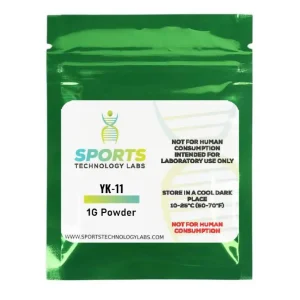 YK-11 Powder | 1 Gram$84.99
YK-11 Powder | 1 Gram$84.99 -
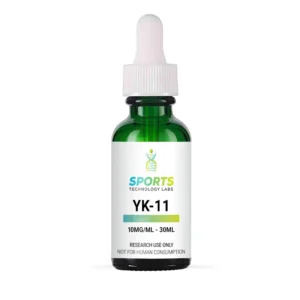 Liquid YK-11 – 10 mg/mL$59.99
Liquid YK-11 – 10 mg/mL$59.99
5. YK- 11 (Myostatin)
YK-11 is a SARM that’s created by modifying the structure of dihydrotestosterone. This means that it has a structure that’s quite similar to that of typical steroids. It acts as a myostatin inhibitor and hence promotes muscle growth.
YK-11 also increases follistatin levels, giving it potent anabolic properties.
- YK-11 Side Effects According to Research: YK-11 suppresses the levels of testosterone over time. This may cause reduced libido, depression, low energy levels, and loss of bone density. As a myostatin inhibitor, YK-11 may also cause joint pain. For more information, see our guide on unlocking the mystery of YK-11.
Application Reminder and the FDA
These are the SARMs researchers should be most familiar with. Research has shown that SARMs have wide applications in muscle wasting disorders, such as assisting muscle mass in those with sarcopenia. Still, researchers must remember that the FDA has not yet approved SARMs for personal use.
Most athletic leagues currently forbid the use of SARMs. It’s essential to know the legal status of SARMs in your jurisdiction before purchasing any of the different types of SARMs.
Where to Buy SARMs
Now that you know more about the different types of SARMS, you can purchase SARMs for investigative purposes from several online sources.
It’s essential to ascertain the quality of SARMs before purchasing any. One study found that only 52% of SARMs that are on the market are genuine, and some SARMs contain a compound such as growth hormone.
Other companies will produce counterfeit certificates of analysis to mislead customers, risking their research subjects’ health and well-being in the process.
Be sure to do your due diligence when purchasing one of the different types of SARMs by checking on false claims, online reviews, and the certificate of analysis to ensure that what you’re buying is safe and meets industry standards.
Visit the Sports Technology Labs Blog for News and Information about SARMs
Look no further than Sports Technology Labs for the highest quality RAD-140, Ligandrol, Ostarine, MK-677, and other SARMs.
Visit the Sports Technology Labs research blog for information about new products, updates in the industry, side effects, new scientific literature, and product comparisons.
Scientific References:
1. Solomon, Z. J., Mirabal, J. R., Mazur, D. J., Kohn, T. P., Lipshultz, L. I., & Pastuszak, A. W. (2019). Selective Androgen Receptor Modulators: Current Knowledge and Clinical Applications. Sexual medicine reviews, 7(1), 84–94. https://doi.org/10.1016/j.sxmr.2018.09.006
2. Jayaraman, A., Christensen, A., Moser, V. A., Vest, R. S., Miller, C. P., Hattersley, G., & Pike, C. J. (2014). Selective androgen receptor modulator RAD-140 is neuroprotective in cultured neurons and kainate-lesioned male rats. Endocrinology, 155(4), 1398–1406.
3. Chen, W., Gao, R., Xie, X., Zheng, Z., Li, H., Li, S., Dong, F., & Wang, L. (2015). A metabolomic study of the PPARδ agonist GW-501516 for enhancing running endurance in Kunming mice. Scientific Reports, 5, 9884.
4. Kanno, Y., Ota, R., Someya, K., Kusakabe, T., Kato, K., & Inouye, Y. (2013). Selective androgen receptor modulator, YK-11, regulates myogenic differentiation of C2C12 myoblasts by follistatin expression. Biological & pharmaceutical bulletin, 36(9), 1460–1465. https://doi.org/10.1248/bpb.b13-00231
5. https://sportstechnologylabs.com/are-sarms-closer-to-safe-steroids/
6. Machek, S. B., Cardaci, T. D., Wilburn, D. T., & Willoughby, D. S. (2020). Considerations, possible contraindications, and potential mechanisms for deleterious effects in recreational and athletic use of selective androgen receptor modulators (SARMs) instead of anabolic steroids: A narrative review. Steroids, 164, 108753.
7. Huang, Q., Tian, L., Zhao, X., Lei, S., Zhao, B., Qiu, Z., & Xia, Z. Y. (2022). Rev-erbs agonist SR-9009 alleviates ischemia-reperfusion injury by heightening endogenous cardioprotection at the onset of type-2 diabetes in rats: Down-regulating ferritinophagy/ferroptosis signaling. Biomedicine & Pharmacotherapy, 154, 113595.
8. Murphy, M. G., Plunkett, L. M., Gertz, B. J., He, W., Wittreich, J., Polvino, W. M., & Clemmons, D. R. (1998). MK-677, an orally active growth hormone secretagogue, reverses diet-induced catabolism. The Journal of Clinical Endocrinology & Metabolism, 83(2), 320-325.
9. https://sportstechnologylabs.com/mk-2866/
10. Mohideen, H., Hussain, H., Dahiya, D. S., & Wehbe, H. (2023). Selective Androgen Receptor Modulators: An Emerging Liver Toxin. Journal of Clinical and Translational Hepatology, 11(1), 188-196.

